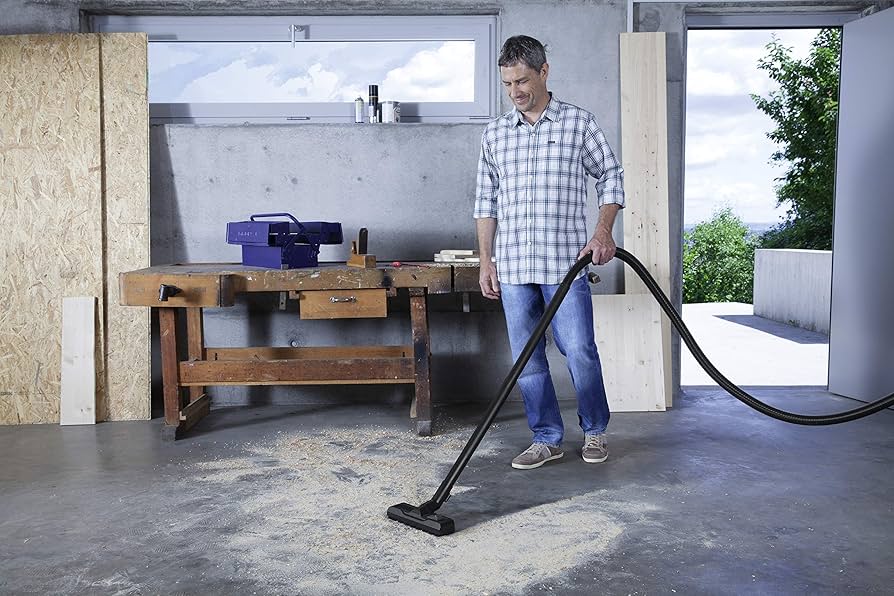In the modern world, technology continues to transform our daily lives, including how we maintain our homes. One such technological advancement is the introduction of robotic carpet cleaners. These innovative devices promise to make carpet cleaning a breeze, freeing up time for homeowners and businesses. However, like any technology, there are pros and cons to consider. This article will delve into the pros and cons of robotic carpet cleaners, helping you make an informed decision about whether they are right for you.

Understanding Robotic Carpet Cleaners
Before diving into the pros and cons of robotic carpet cleaners, it is essential to understand what they are and how they work. These devices are small, autonomous machines designed to navigate your home and clean carpets without human intervention. Equipped with sensors and programmed cleaning patterns, they can cover large areas efficiently.
How Do They Work?
Robotic carpet cleaners operate using a combination of sensors, brushes, and suction power. They map out the area they need to clean, avoiding obstacles and returning to their docking station when their battery is low. Some models even have advanced features such as Wi-Fi connectivity, allowing users to control them remotely via smartphone apps.
The Pros of Robotic Carpet Cleaners
1. Convenience
One of the most significant advantages of robotic carpet cleaners is their convenience. They can operate autonomously, meaning you can set them to clean while you’re at work or asleep. This hands-free operation saves time and effort, providing a hassle-free cleaning experience.
2. Time-Saving
With busy schedules, finding time to clean can be challenging. Robotic carpet cleaners allow you to multitask, as they can clean your carpets while you focus on other important tasks. This time-saving feature is particularly beneficial for homeowners and businesses alike.
3. Consistent Cleaning
Another benefit of robotic carpet cleaners is their ability to provide consistent cleaning. Unlike manual cleaning, which may vary in quality, these devices follow programmed patterns to ensure even coverage. This consistency results in a cleaner environment.
The Cons of Robotic Carpet Cleaners
1. Limited Deep Cleaning
While robotic carpet cleaners are excellent for regular maintenance, they may not provide the deep cleaning that traditional methods offer. For example, carpet shampooers and steam cleaners can remove stubborn stains and embedded dirt more effectively. This limitation means that you’ll still need occasional professional cleaning.
2. Navigation Challenges
Despite their advanced sensors, robotic carpet cleaners can sometimes struggle with navigation. They may become stuck on obstacles like cords or furniture legs, requiring manual intervention. This issue can be frustrating, especially if you’re not home to resolve it.
3. Cost
Another drawback is the cost. High-quality robotic carpet cleaners can be expensive, with prices ranging from a few hundred to over a thousand dollars. This investment may not be feasible for everyone, especially if your cleaning needs are minimal.
Factors to Consider Before Purchase
1. Your Cleaning Needs
Before purchasing a robotic carpet cleaner, consider your cleaning needs. If you have a busy household with pets and children, you may require a more robust solution that can handle frequent messes. In such cases, a combination of robotic and traditional cleaning methods might be ideal.
2. Budget
As mentioned earlier, cost is a significant factor. Determine your budget and compare different models to find one that fits your needs. Remember that while cheaper models may save you money upfront, they might lack essential features and require more maintenance.
3. Home Layout
Your home’s layout can influence the effectiveness of a robotic carpet cleaner. Homes with open floor plans and minimal obstacles are ideal for these devices. If your home has multiple levels or tight spaces, you may need to move the cleaner manually or invest in additional accessories.
Maintaining Your Robotic Carpet Cleaner
1. Regular Cleaning
To ensure optimal performance, clean your robotic carpet cleaner regularly. Remove any hair or debris from the brushes and sensors, and empty the dustbin frequently. This maintenance will prolong the life of your device and maintain its efficiency.
2. Software Updates
Many robotic carpet cleaners come with software that requires periodic updates. These updates can improve navigation and performance, so ensure you install them when available.
Comparing Robotic Carpet Cleaners to Traditional Methods
When deciding between a robotic carpet cleaner and traditional methods, consider the pros and cons of each. Traditional methods, such as manual carpet cleaning, offer deep cleaning but require more effort and time. On the other hand, robotic cleaners provide convenience and consistency but may lack the power needed for thorough cleaning.
For more insights on traditional cleaning methods, check out how to clean carpet stains during different seasons.

FAQs
1. Can robotic carpet cleaners replace professional cleaning?
While robotic carpet cleaners are excellent for regular maintenance, they may not replace the need for professional cleaning entirely. Professional services offer deep cleaning that robots cannot achieve.
2. Are robotic carpet cleaners suitable for all carpet types?
Most robotic carpet cleaners are designed for low to medium-pile carpets. If you have high-pile or shag carpets, ensure the model you choose is compatible.
3. How often should I use my robotic carpet cleaner?
The frequency of use depends on your household’s activity level. For homes with pets and children, daily use may be necessary, while less busy households might require cleaning only a few times a week.
This article contains affiliate links. We may earn a commission at no extra cost to you.


